L’esprit du large II
27/09/2019 - 30/11/2019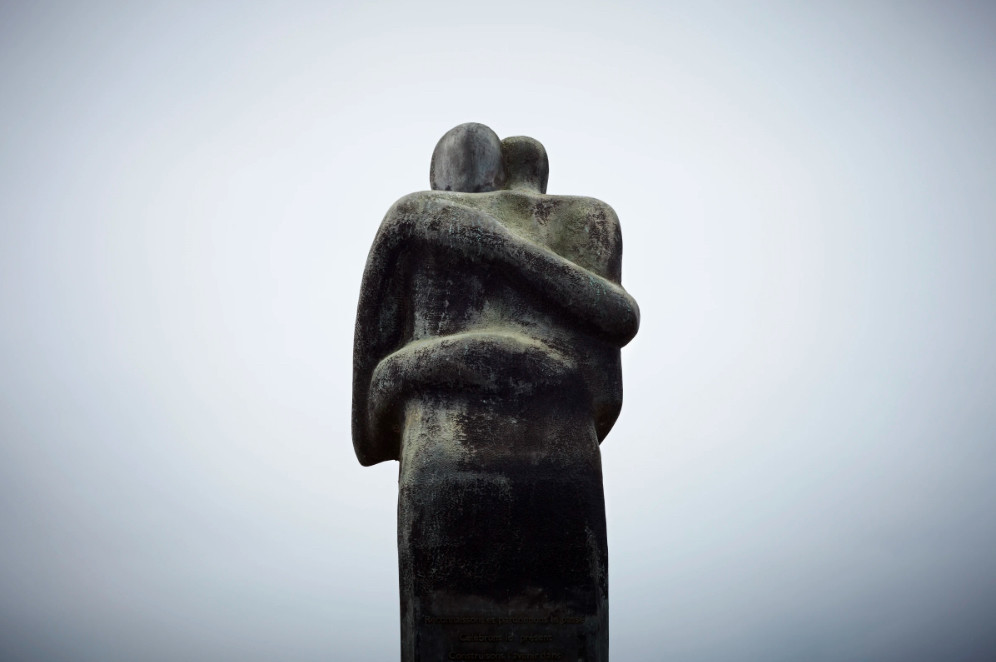
Pigment print on Hahnemühle paper mounted on dibond. 80 x 120 cm
Edition de 5. Courtesy Cécile Fakhoury
After the first part of the exhibition L’Esprit du large presented at the Cécile Fakhoury’ space in Dakar in the summer of 2019, the second part of the collective exhibition is now being held at the gallery in Abidjan, Côte d’Ivoire. L’Esprit du large is an invitation to see far away, to decompartmentalize views and knowledge; an invitation to meetings at the crossroads. For this second chapter, the artists’ installations change scale and respond to their new in situ context. Playing on the inside/outside of the gallery, the height of the picture rails and the scale of the volumes, the works weave poetic links between them according to the artists’ imaginations and approach each other without imposed order to invite us to think about new itineraries.
Dimitri Fagbohoun exorcises the impact of history through the word “nigger”.
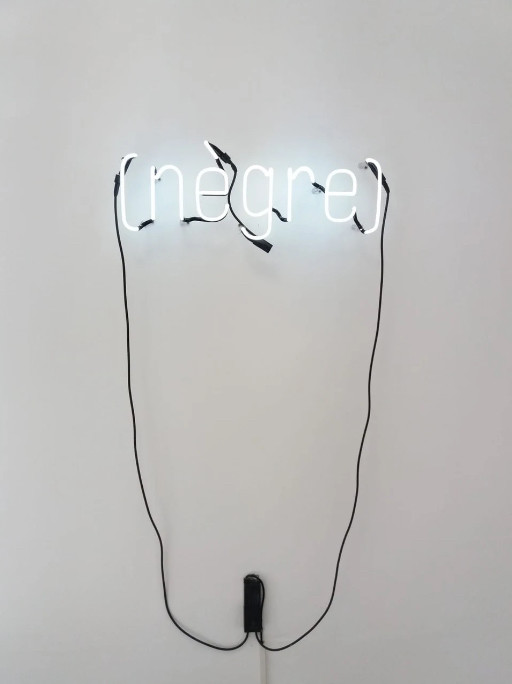
70 x 20 cm. Courtesy Cécile Fakhoury Gallery
Dimitri Fagbohoun‘s rounded letters and soft neon light could make the object decorative if the word inscribed was not so heavy with history. The word “nigger” stands here as a familiar luminous sign, that of a trade in the era of contemporary globalization whose softened and polished forms could seduce, but whose background remains violent. Exorcise the weight of history by pronouncing the word – nigger – and making it a rich semantic tool for healing a contemporary identity. Dimitri Fagbohoun expresses a relationship with history in which his writing disturbs the models that constitute it.
Sadikou Oukpedjo explores the search for our deepest origins
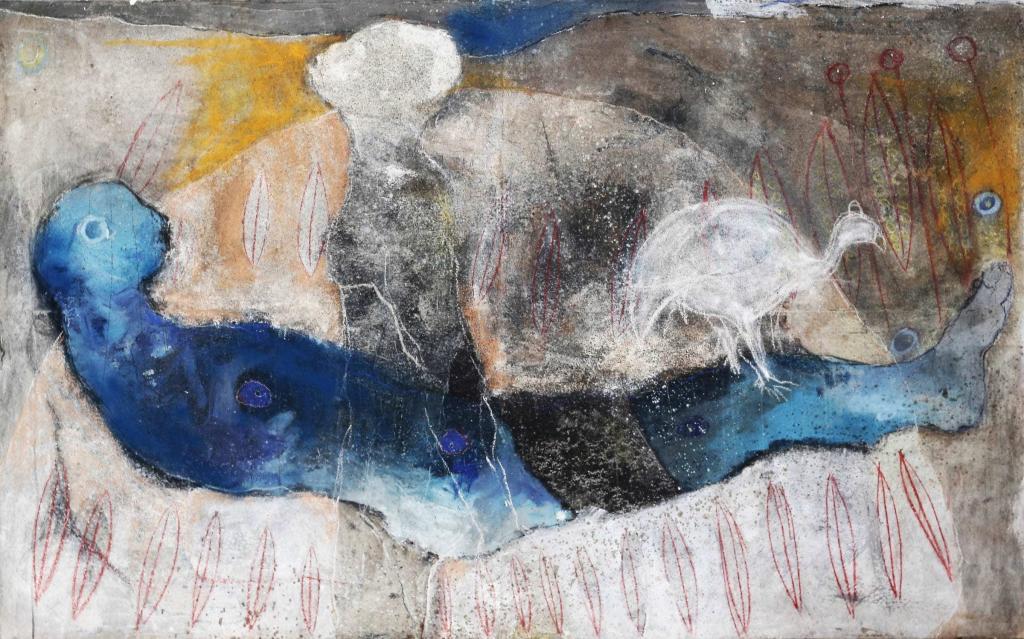
127 x 203 cm. Courtesy Cécile Fakhoury Gallery.
Sadikou Oukpedjo draws from the myths of various cultures to give substance and substance to his anthropomorphic figures. The Nouvelles mythologies #11 and Untitled paintings are crossed by the invisible and its power, by the unknown and the hidden. Sadikou Oukpedjo is part of an approach that questions our deep origins, thus responding to the human need to access self-knowledge through multiple and ancestral attempts: cosmogony, rituals, witchcraft. The artist then becomes a magician, master, illusionist, scientist.
Ouattara Watts, beyond geographies and nationalities: the Cosmos?
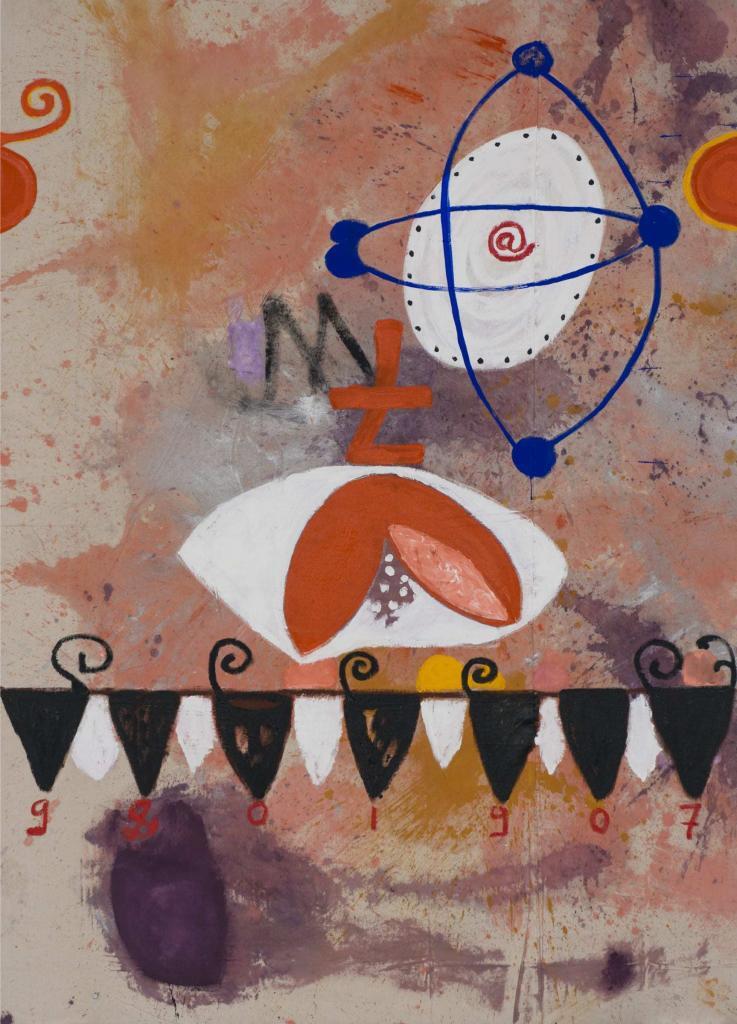
Mixed media on canvas. 203.5 x 146 cm. Courtesy Cécile Fakhoury Gallery.
Numbers, shapes, but also textures and fabrics make up Ouattara Watts‘ plastic language. Each of the artist’s paintings is a dynamic microcosm, a negative partition of the cultures that make up his universe: jazz music, African traditions and rituals, abbjad and Hebrew guematria numeration to name but a few of his influences. Door of the Cosmos #1 and #2, Farafina #2, and Untitled are visual and spiritual journeys. Ouattara Watts explores in his painting the intangible links that transcend geography and nationalities.
Dalila Dalléas Bouzar stages female forces imbued with mystical powers
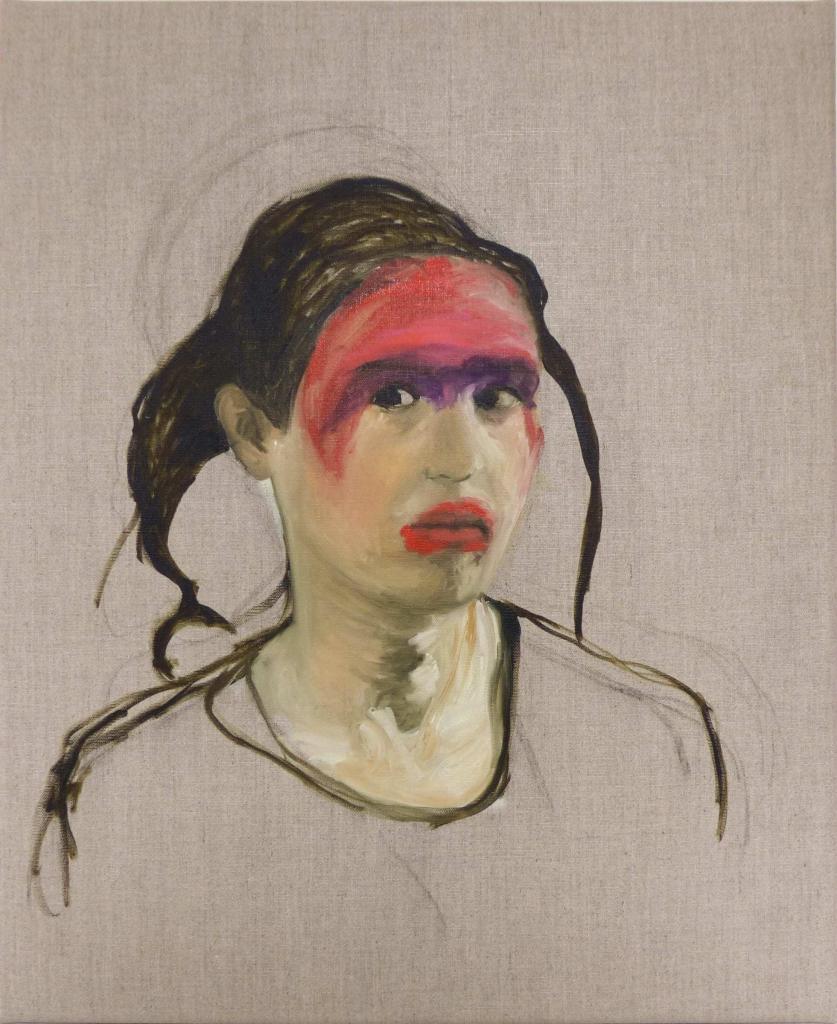
Oil on canvas. 60 x 50 cm. Courtesy Cécile Fakhoury Gallery.
Dalila Dalléas Bouzar‘s paintings impose themselves on us with the assurance of a choreography that is repeated a thousand times over. A ritual, incantatory or warlike parade, the power of the female body is chanted with force. The skies, prey to their own mood, overlook each of these silhouettes. They seem to be the extensions of these witch-warrior souls. The gestures of their choreography are the repositories of ancestral knowledge. Questioning in her practice the codes of representation in painting, Dalila Dalléas Bouzar has constantly reintroduced in her works the dissenting figures of a vernacular history.
Jems Koko Bi creates bridges between worlds at the borders of their separates
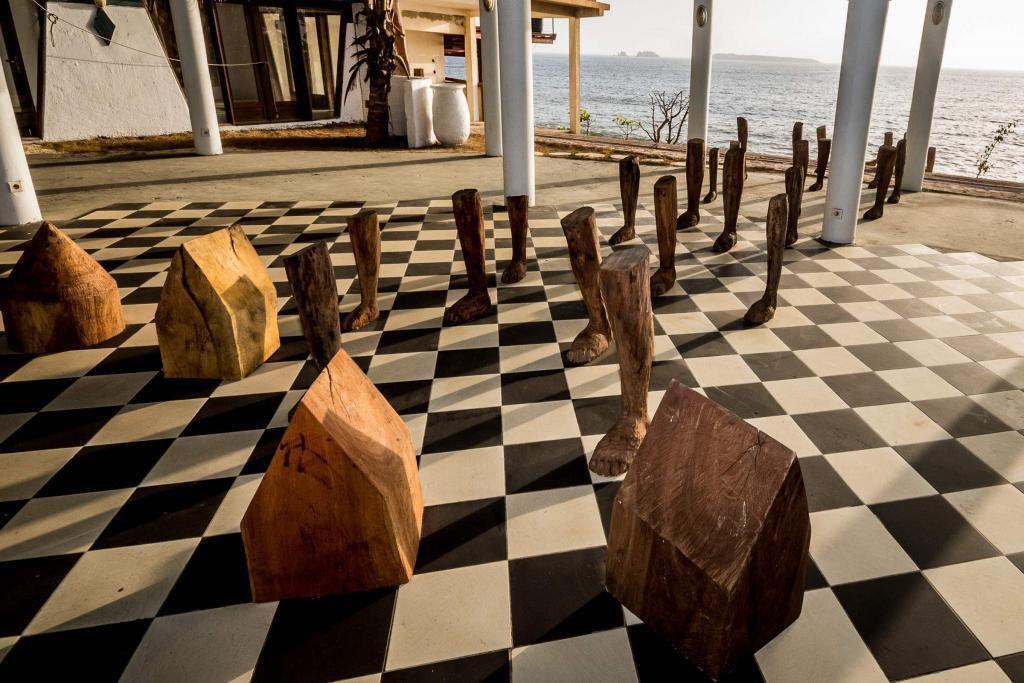
Dimensions variables. Courtesy Cécile Fakhoury Gallery.
Continuing a constitutive reflection of Jems Koko Bi‘s work on notions of space and history, Retour is the vision of a positive exodus, free of the tragic stereotypes often associated with contemporary migration. The work is a procession to the house; to the walls built with our desires, hopes, and hands. Both sculptor and performer, Jems Koko Bi blends avant-garde influences with his resolutely African history. As a man who is a link between tradition and contemporary, Africa and Europe, Côte d’Ivoire and Germany, Jems Koko Bi practices an art of crossing and building bridges where worlds separate.
François-Xavier Gbré and the ambiguous remains of colonialism
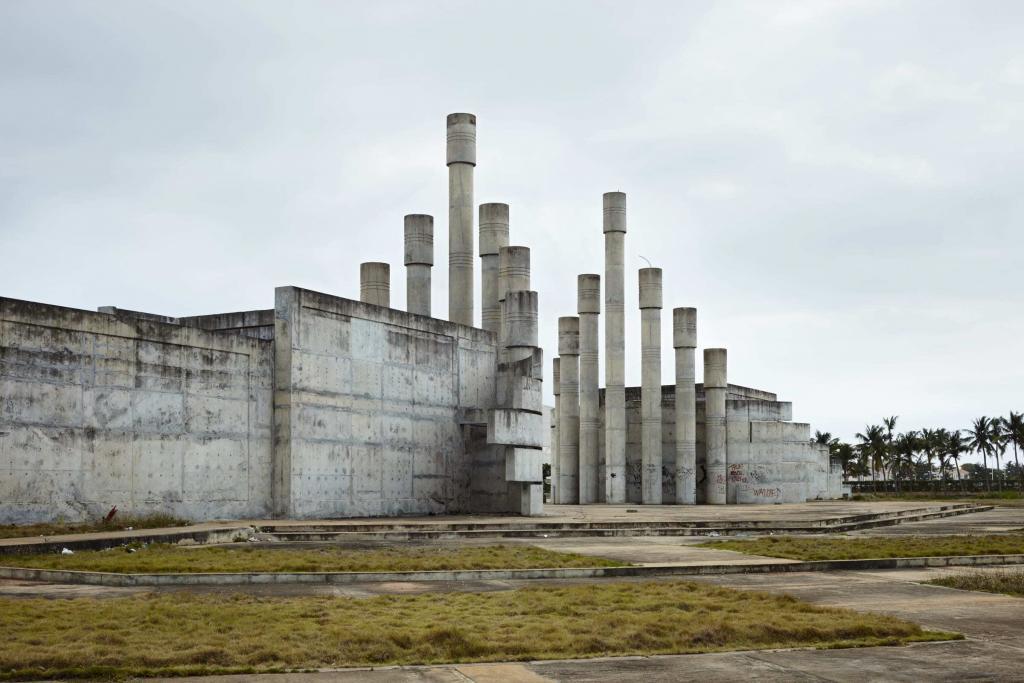
The series of photographs taken by François-Xavier Gbré in Benin in 2012 celebrate, through his enigmatic images, the ambiguous power that a symbol of memory can take. The statue of Reconciliation in Cotonou, Benin, located on the esplanade of the Porte du Retour embodies the responsibility of states in triangular trade. Two similar statues exist throughout the world, in Liverpool in the United Kingdom and in Richmond in the United States, thus tracing a physical and symbolic geography through these three places. From colonial remains to landscapes modified by current events, François-Xavier Gbré explores territories and revisits history.
Yo-Yo Gonthier and memory erasure in the technology-oriented Western society
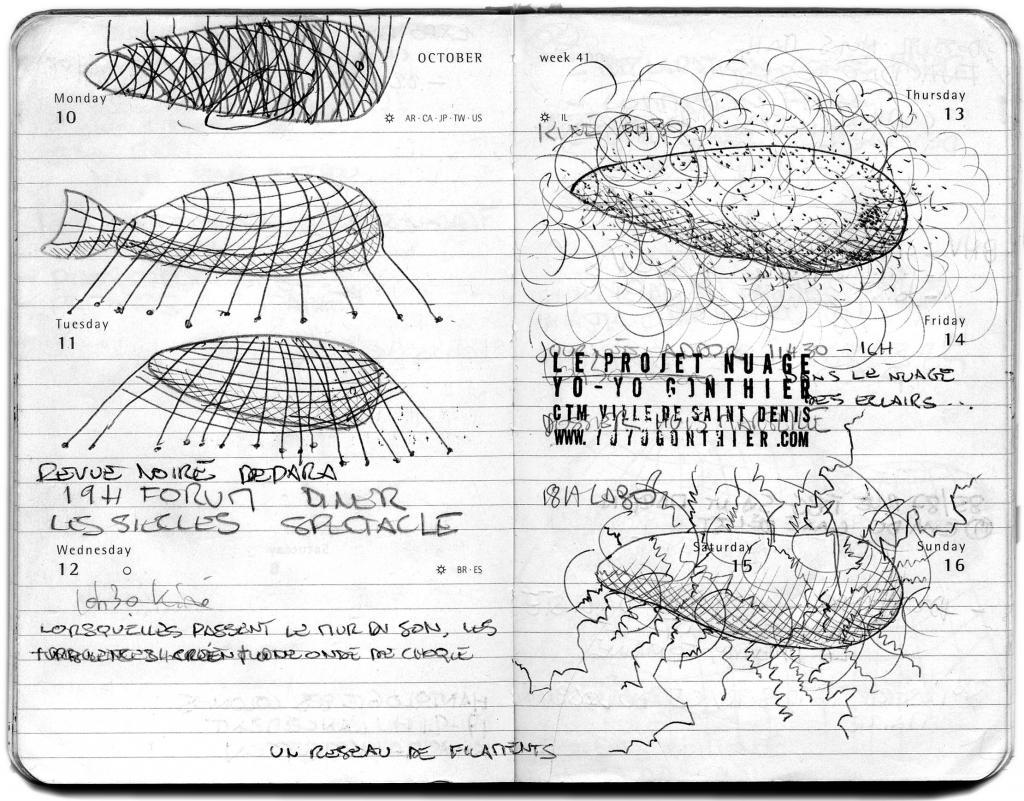
Pigment print on Hahnemühle paper mounted on dibond. 24 x 30 cm. Edition of 5. Courtesy Cécile Fakhoury Gallery.
Burey Bambata (The Great Clouds) by Yo-Yo Gonthier is a collective ode to dream about. In this video, a visual epic shot with a Super 8 camera, Yo-Yo Gonthier brings together the whimsical dreams of an artist as a brilliant inventor and the semantic richness rooted in the history of vernacular customs that touch both the artist’s personal history and that of a part of Africa. He takes as his video protagonist the Cloud, this sculpture of fabric of several meters realized in 2013 and reactivated several times during performances whose preparation can be found in the photographs of notebooks and models. Plastic photographer Yo-Yo Gonthier questions the erasure of memory in a Western society where speed, progress and technology seem to be the essential values.
Vincent Michéa between West African musical nostalgia and personal stories
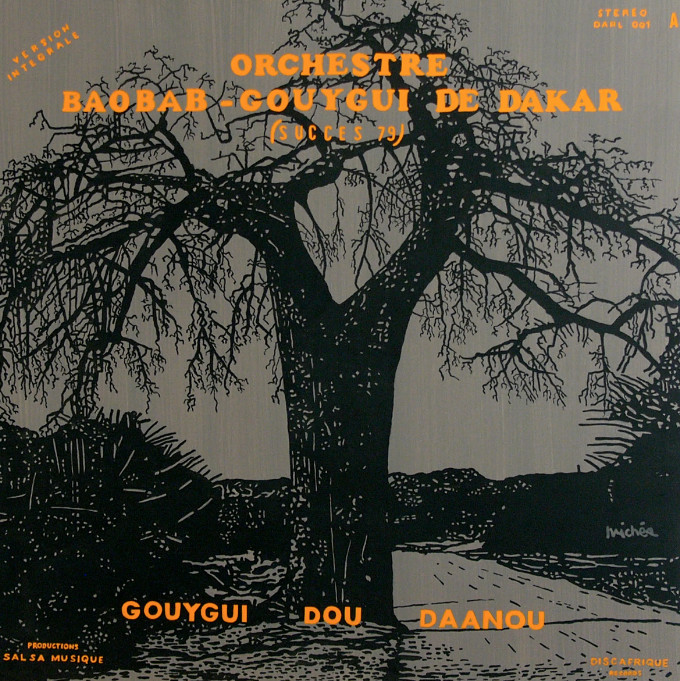
Vincent Michéa, N°222, 2011 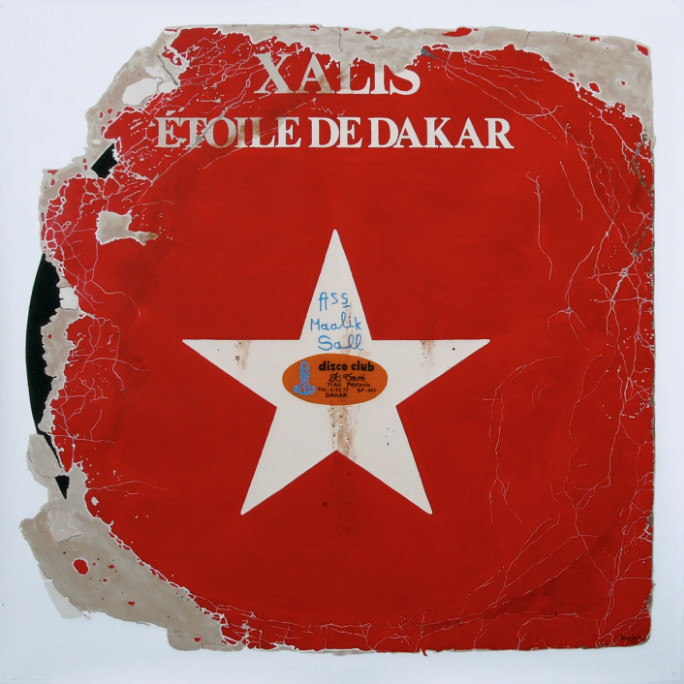
Vincent Michéa, Xalis, 2014
Vincent Michéa‘s paintings resonate within the gallery’s walls with the lively notes of Fax Clark and François Lougah. At the height of their career in the 1970s, these artists evoked a musical history at the crossroads of cultures. For several years, Vincent Michéa has been painting vinyl covers with acrylic paint. The artist has gradually built up a visual anthology of West African music, recording through the personal history of his encounters and affections for these musics, the more general history of a popular culture of which some parts have now disappeared.

